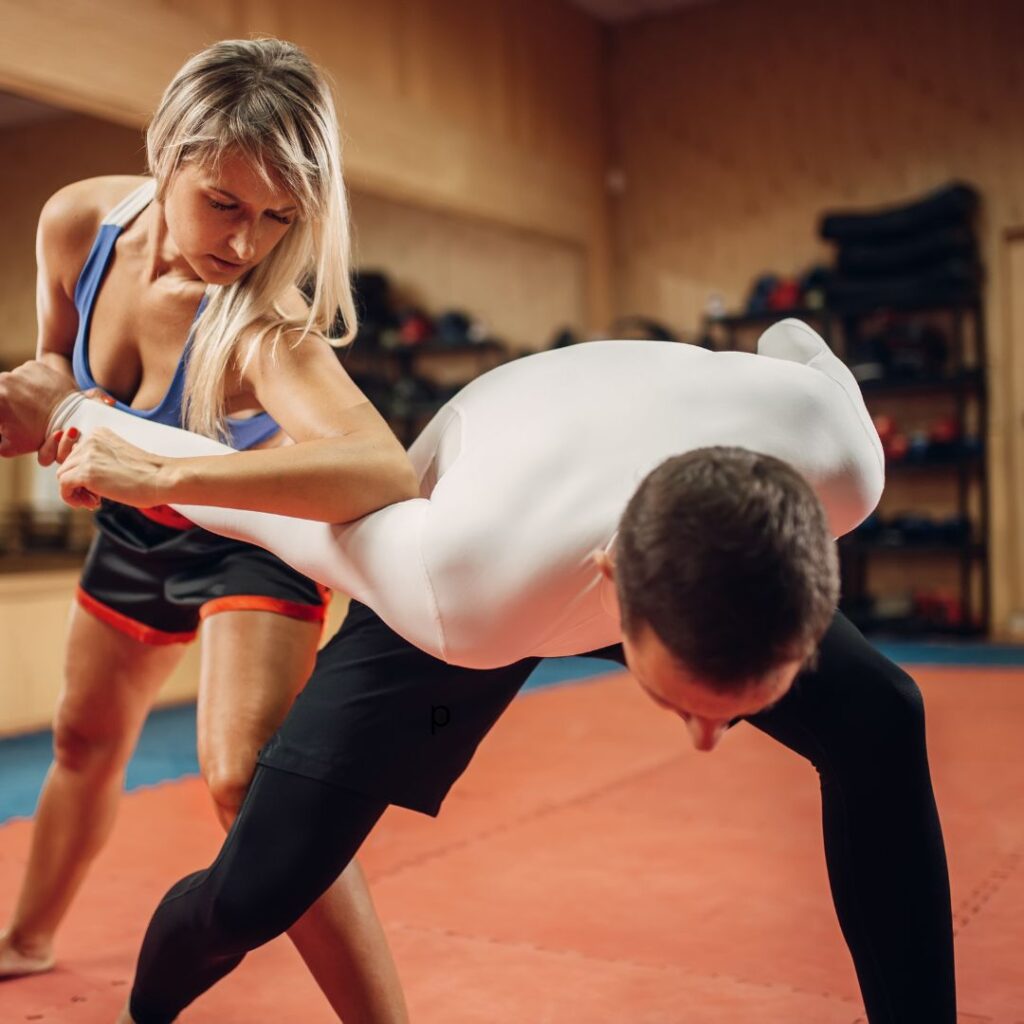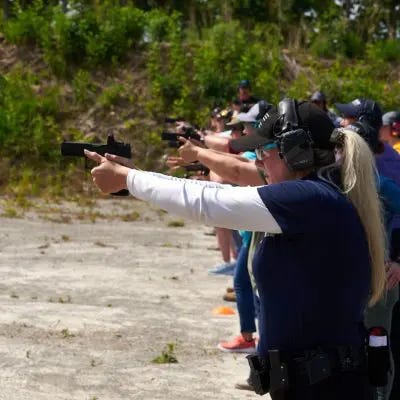How to Choose the Right Self-Defense Class for You

Empowerment and self-awareness are fundamental to women’s safety and well-being. One of the most effective ways to enhance personal security is through self-defense training. However, with numerous options available, selecting the right self-defense class can be overwhelming. This guide aims to help you navigate through the choices and find a class that best fits your needs, goals, and lifestyle.
Understanding the Importance of Self-Defense
Before diving into the selection process, it’s essential to understand why self-defense training is important:
- Increased Confidence: Knowing you can protect yourself boosts self-esteem and confidence in various aspects of life.
- Enhanced Awareness: Self-defense classes teach situational awareness, helping you recognize and avoid potential threats.
- Physical Fitness: Many self-defense techniques improve overall fitness, strength, and agility.
- Stress Relief: Training can be a great way to relieve stress and pent-up energy.
- Empowerment: Learning self-defense empowers you to take control of your safety and well-being.
Types of Self-Defense Classes

There are various types of self-defense classes, each with its unique focus and techniques. Understanding these can help you make an informed decision:
- Traditional Martial Arts
- Karate: Focuses on strikes, kicks, and blocks. Emphasizes discipline and physical fitness.
- Taekwondo: Known for its high, fast kicks and jumping and spinning kicks.
- Judo: Emphasizes throws and grappling techniques, using an opponent’s force against them.
- Kung Fu: Combines various fighting techniques with a focus on fluid movements and balance.
- Modern Self-Defense Systems
- Krav Maga: Developed by the Israeli military, it focuses on real-world situations and efficient, practical techniques.
- Brazilian Jiu-Jitsu (BJJ): Specializes in ground fighting and submissions, focusing on leverage and technique over strength.
- Muay Thai: Known as the “Art of Eight Limbs,” it uses punches, kicks, elbows, and knee strikes.
- Boxing: Focuses on striking with hands, footwork, and defensive techniques.
- Specialized Self-Defense Programs
- RAD (Rape Aggression Defense): Specifically designed for women, teaching realistic tactics and techniques.
- IMPACT: Focuses on full-contact self-defense with padded attackers, emphasizing realistic scenarios.
- Wen-Do: A feminist self-defense program focusing on practical techniques and empowerment.
Factors to Consider When Choosing a Self-Defense Class
Selecting the right self-defense class involves evaluating several factors to ensure it aligns with your personal needs and preferences:
- Goals and Objectives
- Personal Safety: If your primary goal is personal safety, look for classes that focus on practical, real-world techniques.
- Fitness: If improving fitness is also a priority, consider classes that offer a rigorous physical workout.
- Mental Preparation: Some classes emphasize mental strategies for staying calm and making quick decisions in stressful situations.
- Instructor Qualifications
- Certifications: Ensure instructors are certified and have adequate experience in teaching self-defense.
- Teaching Style: A supportive and encouraging teaching style is crucial, especially for beginners.
- Background Checks: Check for any background information or reviews from past students to gauge the instructor’s credibility.
- Class Structure
- Class Size: Smaller classes offer more personalized attention, while larger classes might provide more diverse interaction.
- Curriculum: A well-structured curriculum that progresses from basic to advanced techniques is beneficial.
- Practice Opportunities: Look for classes that offer ample hands-on practice and scenario-based training.
- Location and Schedule
- Convenience: Choose a class that is conveniently located and fits well into your schedule.
- Frequency: Consider how often classes are held and whether it aligns with your availability.
- Commitment Level: Determine if you’re looking for a short-term workshop or a long-term training program.
- Cost
- Budget: Self-defense classes can range in price. Ensure the cost fits within your budget without compromising on quality.
- Value: Evaluate what’s included in the cost—equipment, materials, and access to additional resources or sessions.
Visiting and Trying Out Classes
Before committing to a self-defense class, it’s a good idea to visit and try out a few sessions:
- Observe a Class
- Atmosphere: Pay attention to the class atmosphere. It should be welcoming and inclusive.
- Instructor Interaction: Observe how the instructor interacts with students. They should be approachable and provide constructive feedback.
- Student Engagement: Look at how engaged and motivated the students are.
- Participate in a Trial Class
- Comfort Level: Assess your comfort level during the trial class. You should feel safe and supported.
- Teaching Methods: Experience the teaching methods firsthand to see if they match your learning style.
- Technique Effectiveness: Evaluate the effectiveness and practicality of the techniques taught.
Additional Tips for Success in Self-Defense Training
To make the most of your self-defense training, consider the following tips:
- Stay Consistent: Regular practice is key to mastering self-defense techniques. Make training a consistent part of your routine.
- Stay Open-Minded: Be open to learning new techniques and adapting to different situations.
- Practice Situational Awareness: Apply what you learn in class to your everyday life by staying aware of your surroundings.
- Build Confidence: Focus on building confidence through practice and repetition.
- Combine with Other Safety Measures: Use self-defense training in conjunction with other safety measures like personal safety apps and home security systems.
Choosing the right self-defense class is a crucial step in empowering yourself and enhancing your personal safety. By understanding the different types of self-defense classes, evaluating key factors, and trying out sessions, you can find the perfect fit for your needs and goals. Remember, self-defense is not just about physical techniques; it’s about building confidence, awareness, and a proactive approach to your safety. With the right training, you can navigate the world with greater assurance and peace of mind.
Stay connected with us on Facebook and Instagram for more self-defense tips, safety insights, and empowering content tailored to help women walk their path with confidence. Let’s keep the conversation going. Join us today!






Responses